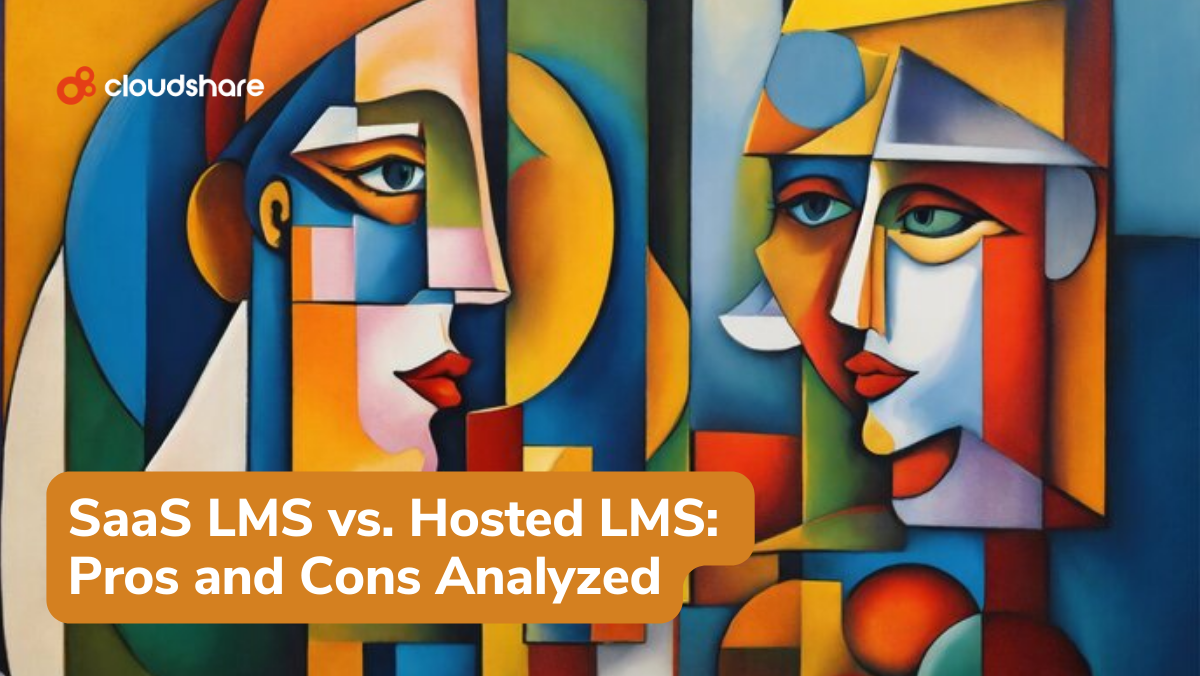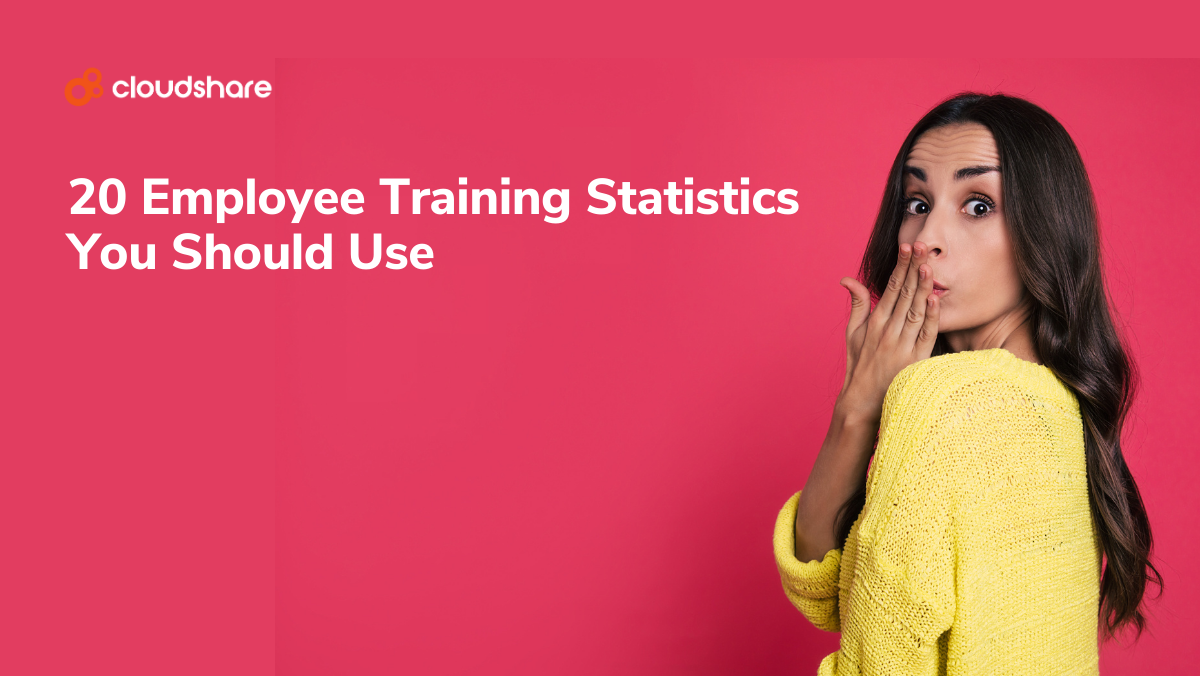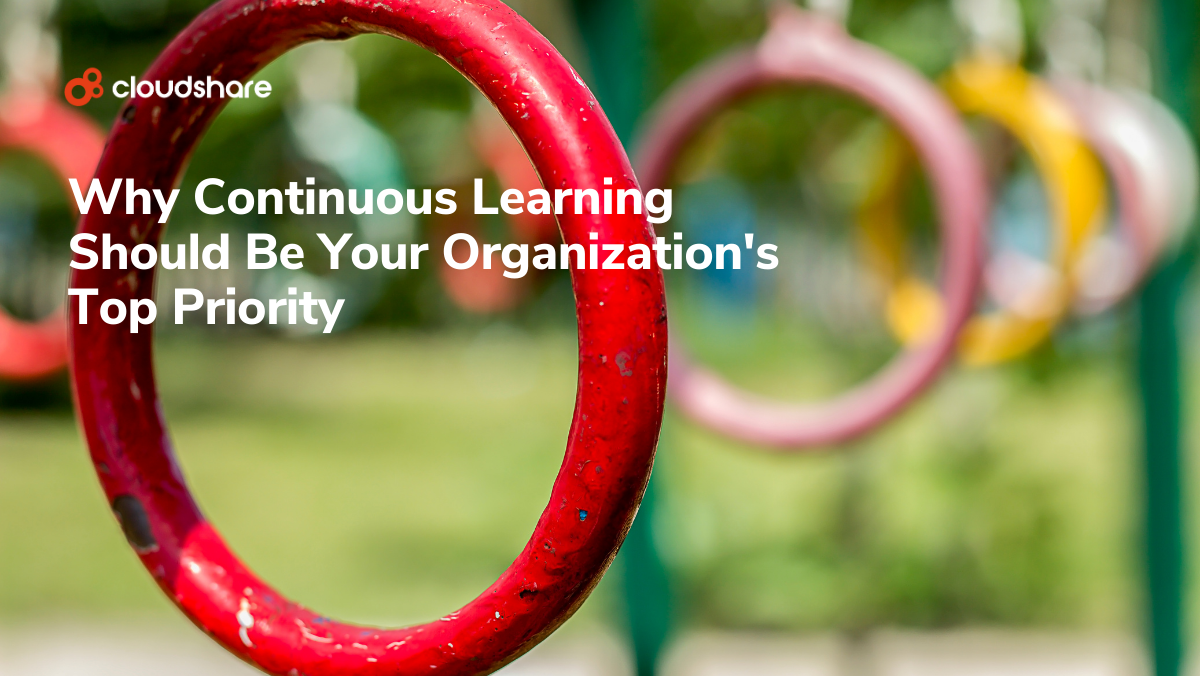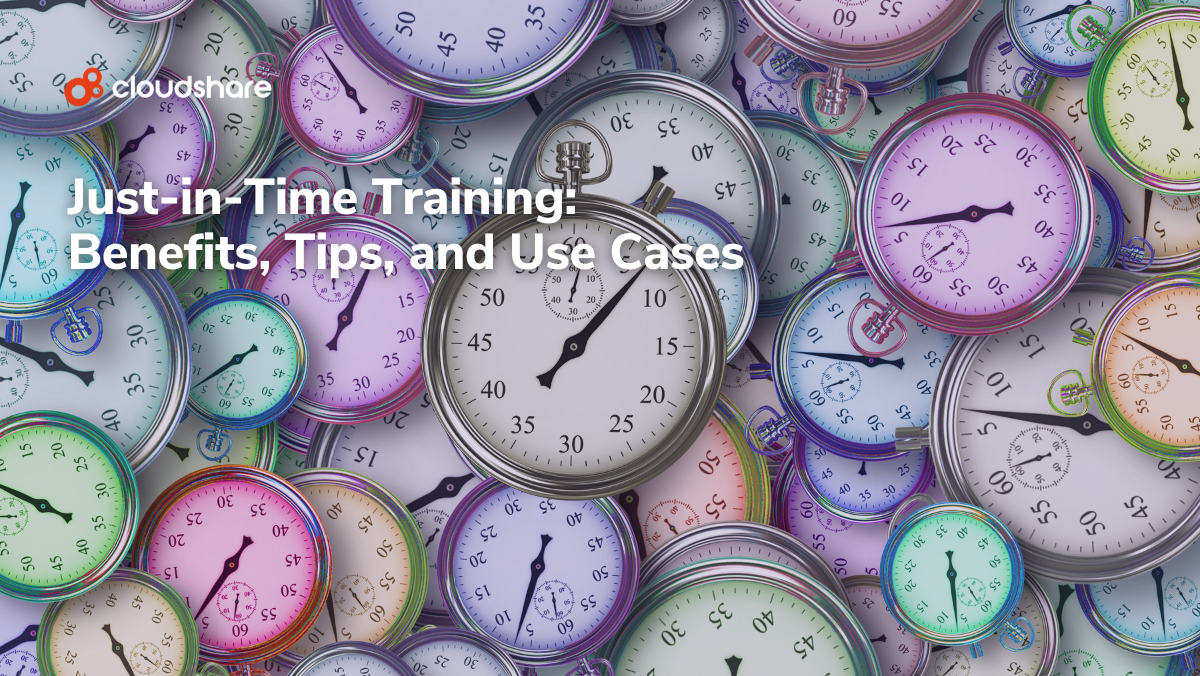
Learning management systems have long played a pivotal role in both customer training and employee education. Unsurprisingly, they’ve also evolved a great deal over the years. Modern learning management platforms now exist largely in the cloud, pairing seamlessly with SaaS training software to improve everything from learner satisfaction to instructor productivity.
But is a cloud-based LMS always the right choice?
After all, every organization has unique learning and development needs. It’s not inconceivable to think that there are some use cases for which a SaaS LMS simply doesn’t stack up. Sometimes, a hosted LMS may indeed be the better option.
SaaS Learning Management Systems
A SaaS LMS is entirely cloud-based. The LMS vendor takes care of all the physical infrastructure requirements, delivering their software via the cloud as a subscription-based service. This delivery model also means that customers typically won’t have to install any specialized hardware or software in order to use a cloud LMS — once the platform is properly integrated with their other software, they’re good to go.
Pros
Easy Setup and Installation
Generally speaking, a SaaS LMS is far easier to install and configure than a traditional hosted platform. It doesn’t generally require complex configuration, nor do you need to install and test specialized hardware. In most cases, the solution is entirely plug-and-play.
Flexibility
With a cloud LMS, there’s no need for remote access tools like virtual private networks or secure gateways. Your users can access the platform from anywhere and at any time, whether they’re at home, at the office, or on-site with a customer.
Lower Overhead
In addition to having an incredibly low upfront cost compared to a hosted solution, a cloud-based LMS is generally predictably priced. For only a nominal monthly (or, in some cases, annual) subscription fee, you’ll have access to all the functionality your organization requires. More importantly, you won’t need to worry about management overhead — updates and maintenance will be taken care of entirely by the vendor.
Scalability
While on-premises LMS requires you to upgrade on-site hardware and resources as your organization grows, a SaaS solution only requires you to upgrade your subscription. In this way, a SaaS LMS arms your organization with near-limitless scalability, particularly if you’re also using a SaaS training platform. Not only can you support a fast-growing user-base, but you can also host as many courses or training sessions as you need.
Better yet, provisioning additional resources usually requires only a few clicks.
Ease of Use
While exceptions exist, the learning curve for SaaS-based learning management systems is generally quite low. They’re all about getting you up and running as fast as possible, after all. Some vendors will even sweeten the pot by taking care of set-up and integration, while others will provide a range of additional features to further streamline your learning and development processes, including:
- Intelligent automation.
- Support for interactive learning methods like gamification.
- A consolidated, intuitive monitoring dashboard for administrators.
- Performance monitoring, management and tracking.
Cons
Vendor Issues
Not all LMS vendors are created equal. While the occasional bout of downtime is inevitable with any system, using a SaaS LMS means you’re entirely at the mercy of your vendor when their software goes down. If that vendor isn’t on the ball, that could mean hours of lost training time and productivity.
Unexpected Costs
While SaaS LMS platforms are typically less expensive than a hosted LMS, there are nevertheless certain soft costs of which you should be aware, including:
- Deployment fees.
- Additional technology requirements, such as database management tools.
- Modular upgrades and feature add-ons.
- Additional training costs.
- Customer support fees.
- Overage charges.
- Cancellation fees.
Limited Customizability
While many LMS vendors provide extensive customization options (usually for a price), you ultimately still won’t have as much freedom as with a hosted solution. Moreover, there’s the matter of control. With a hosted LMS, you directly manage and maintain the underlying hardware. That isn’t the case with SaaS.
This can be especially problematic if you operate in an industry with strict data governance and security requirements — and it consequently limits your choices in terms of vendors.
Hosted Learning Management Systems
On-premises or hosted learning management systems require the installation of on-site hardware and software. While the vendor may provide additional support, management is typically your responsibility. The trade-off is that pricing is often a one-time licensing fee, though some vendors may charge annually for maintenance and upgrades.
Pros
Total Control
The most significant benefit by far of a hosted LMS is that you are in complete control of your software. In addition to greater customizability, you also dictate maintenance and patching schedules, security, and storage.
Fewer Recurring Costs
While a hosted LMS costs more upfront, you may be surprised to find that in the long-term, it can actually prove less expensive than SaaS — discounting certain soft costs like employee hours spent on management and maintenance.
Cons
Steeper Learning Curve
In addition to a longer and more complicated setup and deployment process, hosted learning management systems often suffer from cumbersome, unnecessarily complicated legacy design that can make them more challenging for instructors to learn and understand. This, in turn, can have a significant impact on your training program.
A Dated Format
On-premises LMSs were developed for a time before remote work and cloud computing, and in many cases it shows. From archaic interfaces to outdated feature-sets, many hosted LMS solutions feel like relics from another time. What’s more, many vendors who in the past have strictly offered on-premises options have recently branched out into SaaS.
Resource Requirements
To properly deploy and maintain a hosted LMS, you need an in-house IT department and in-house developers — or you need to outsource.
Making an Informed Choice: Which LMS Should You Use?
For most people, a SaaS LMS is the obvious choice. They’re more flexible, more cost-effective, more intuitive, and faster to install and configure. With that said, you might still consider deploying a hosted solution if:
- You require complete control.
- You intend to heavily and extensively customize your LMS.
- You either employ an in-house development team or have access to an outsourced team.
- You don’t need your LMS to be fully remotely accessible.
- You want a system that you can easily integrate with a virtual lab.
With all that said, let’s wrap up by listing out a few of the top options for both hosted and SaaS LMS vendors.
Top SaaS Learning Management Systems
Top On-Premises Learning Management Systems
Note: the following vendors offer on-premises hosting as an option; most are primarily focused on SaaS LMS.
With all that said, your learning management system is only part of the equation where training technology is concerned. You also need to ensure you have robust training software in place. CloudShare can provide you with precisely that — see for yourself by scheduling a demo.



